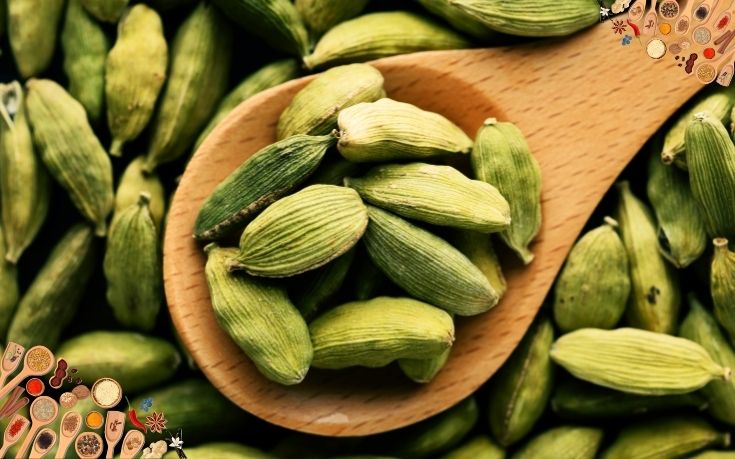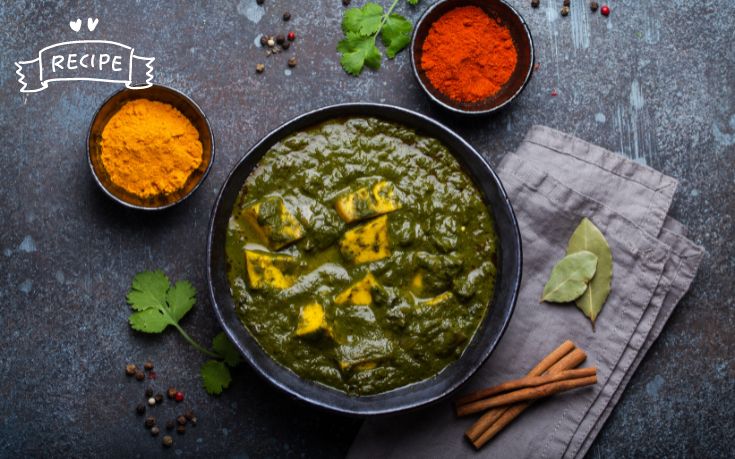High blood pressure diet is one of the common health challenges which several million people around the world are passing through. Many a time, it is referred to as the “silent killer” due to its potential strike at deadly diseases such as heart disease and stroke when not managed well. While there are medicinal interventions, a healthy diet surely forms an integral part of the management of blood pressure. The following is a guide on the best dietary practices to manage hypertension with an emphasis on natural, accessible foods that can help make a difference. High Blood Pressure Diet High blood pressure is said to be high if the force of blood in your arteries is often too high. This has been mainly through the role of various determinants like genetics, lifestyle, and diet. Understanding these will, therefore, be very vital in the management of this condition. Specifically, diet may play a dual role in this regard; either aggravating the risks or else mitigating them. Role of High Blood Pressure Diet in Managing Hypertension A healthy diet is key in the management of blood pressure; nutrient-dense foods rich in potassium, magnesium, and fiber are beneficial to a patient suffering from high blood pressure, while too much salt, saturated fats, and processed foods should be avoided. The goal is for a diet that would promote heart health, lower inflammation, and achieve weight at normal levels. Foods to Embrace in a High Blood Pressure Diet Leafy Greens Leafy greens like spinach, kale, and Swiss chard are potent sources of potassium. It lets the kidneys drain out excess sodium through urine, which in turn brings down blood pressure. You can incorporate such greens into your everyday consumption by adding them to salads, blending them into your smoothies, and even sautéing them in every dish. Berries Berries, particularly blueberries, are fine sources of flavonoids. These phytochemicals may help bring down your blood pressure. Of course, berries are at their best fresh, in smoothies, or as an accompaniment to oatmeal or yogurt. Their sweet and tart flavor makes them flexible additions to many meals. Oats They are rich in fiber, and with a special type—beta-glucan—oats keep cholesterol at bay and ensure good heart condition. A bowl of oatmeal at breakfast will give a good start to the day and may help in keeping the blood pressure in order. Fatty Fish In this aspect, salmon and mackerel are rich sources of omega-3 fatty acids, an anti-inflammatory agent that can help drive down blood pressure. For healthier ways to cook fish, you can either grill, bake, or broil them since most of their beneficial workings can be preserved this way. Be sure to consume oily fish at least twice a week. Bananas They are a very good source of potassium. Bananas are good in many areas or even excellent alone in a very handy way. They make for a fine snack alone or added into smoothies, cereal, or yogurt for extra added nutrition. Beets Beets are very high in nitric oxide, which plays a role in gearbox blood vessels and maintaining healthy blood pressure. A shot of beet juice a slice added to your salad or a mix of roasted vegetables may do the trick. Garlic Perhaps the oldest known cardiac health enhancer since ancient times is garlic, and it may be said to benefit blood pressure reduction. In its compounds, the production of nitric oxide works as a relaxant of blood vessels, therefore effectively reducing blood pressure. Adding garlic while cooking flavors food and gives distinct health benefits. Nuts and Seeds Nuts and seeds are packed with healthy fats, magnesium, and fiber, and examples include almonds, flaxseeds, and chia seeds. These are nutrient-dense foods that promote heart health and have the effect of reducing blood pressure. They can be eaten as a snack, in a salad, or added to smoothies. Dark Chocolate Dark chocolate—a variety containing at least 70 per cent cocoa—contains flavonoids that can help to lower blood pressure in people. So go ahead, have a small square of dark chocolate as your indulgent reward and enjoy both a sweet treat and a healthy heart simultaneously. Olive Oil Olive oil is regarded as a healthy fat that defines the Mediterranean diet with its influence on heart health. Replacement of saturated fats with olive oil can lower blood pressure and risk of heart diseases. It’s great on salad dressings, sautéing vegetables, or just drizzling over roasted dishes. Foods to Avoid for High Blood Pressure Salt Too much salt is a big factor in high blood pressure. Be freq different about processed foods, canned soups and snack foods that think they contain large amounts of salt. Cooking allows you to limit the salt used in the preparation of your food. Processed foods are generally high in salt and sugar and contain unhealthy fats. These can contribute to high blood pressure and other health issues. Choosing fresh, whole foods instead of processed items is a much healthier option. Red Meat Red meat tends to be exceptionally high in saturated fats, which increase levels of cholesterol and raise blood pressure. Limit the intake of red meat and choose lean protein sources to keep blood pressure within limits. Sugary Beverages Sugary drinks have been associated with weight gain and hypertension. Water, herbal teas, or natural fruit juices are a good way to remain hydrated without an overdose of sugar. Alcohol Too much alcohol in the diet can undoubtedly raise blood pressure and is generally bad for health. Of course, moderation is everything. Keeping the consumption of alcohol within recommended limits can help keep its effects on blood pressure at bay. Practical Tips for Adopting a Heart Healthy Diet Plan Your Meals Meal planning will help assure you that you will get a great variety of heart-healthy foods in your diet. It also makes it easier to avoid processed and high-sodium foods. Read Labels When reading the food labels, you can understand the type of food to be










